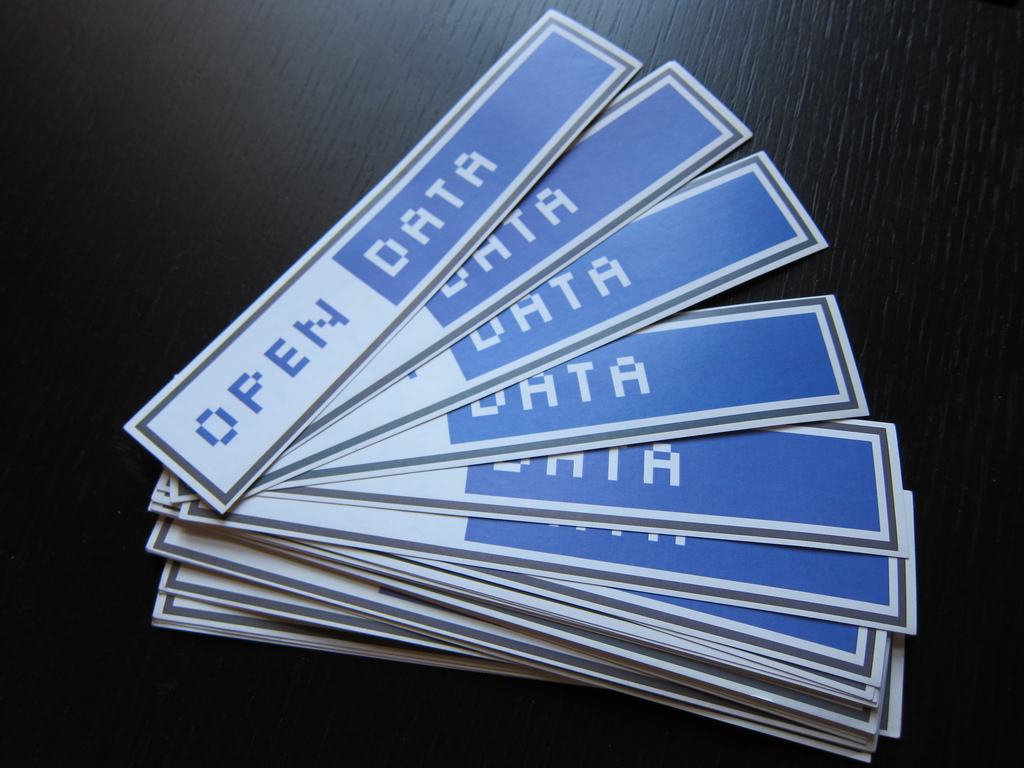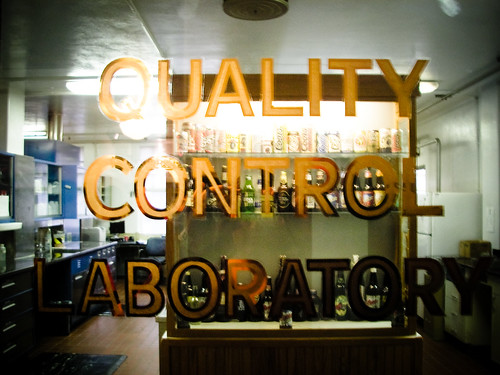This week’s launch of the Irish Government’s Open Public Service Reform Plans, included a set of objectives in relation to Open Data, along with new commitments in areas such as cloud computing and shared services.
The reform plan establishes the internet as a means of providing new services to deliver more citizen centric public services, whilst providing greater value for money.
The reform agenda is based on five major commitments to change. These include a focus on customer service, establishing innovative delivery channels, reducing costs through better value for money, establishing new ways of working, and a focus on the implementation and delivery of the plan. There is an emphasis on online services, and e-Government initiatives as a platform upon which these commitments can be delivered.
Five Commitments to change
1) Placing customer service at the core of everything – though: 
- the roll-out of a new Public Services Card to access Government services,
- the provision online and expansion of Government services performance information (in a similar vein to the current Healthstat initiative),
- the implementation of a single online application process for student grants.
2) Maximising new and innovative service delivery channels – through:
- the roll-out of additional online services including first time voter registration and the progressive roll-out of FixYourStreet.ie
- improved sharing of data on businesses through Revenue’s Business Register
- piloting the use of Cloud Computing in 2012 and evaluation of a roll-out across the Public Service
- roll-out of more innovative technologies to facilitate interactions with citizens (examples could include initiatives such as e-petitions)
3) Reducing costs to drive better value for money – through:
- reduction of 23,500 in Public Service numbers by 2015
- identification of new business models to support delivery of a range of non-core processes/services (e.g. outsourcing of IT of business processes through shared service centers)
- accelerating the reform of procurement and consolidation of ICT infrastructure through greater use of data centres
4) New ways of working – through:
- the implementation of shared services models in areas such as HR, Finance, Payroll, Banking and Pensions
- establishment of a Public Service Chief Information Officer (CIO) Council to assist and advise the Department of Public Expenditure and Reform on IT and eGovernment initiatives
5) Focus on implementation and delivery – through:
- reform and Delivery Office established to drive implementation and prioritisation
- establishment of consistent baseline performance information across a number of functional areas e.g. Finance, HR, ICT.
Open Data Commitments
The plan highlights transparency and better decision-making as outcomes from the release of more public data:
Citizens and businesses should have access to information on the availability and performance of key services. Increased sharing and publication of public data will increase transparency, aid the democratic process and drive better decision-making for individuals and businesses, as well as for Government and the Public Service.
Following on from this is a commitment to:
Publish data held by Public Service organisations online where possible within legal constraints. This should be explored both within the Public Service and with academic and private sector organisations, and should seek to identify how such publishing can be done in a way that provides value to the general public and facilitates the development of both free and commercial products.
Along with this, the plan outlines an objective to create a single portal through which public service data will be released (in a similar vein to data.gov and data.gov.uk):
Publish existing online information and services through a centralised portal to increase awareness and access. Leverage this portal to provide centralised and structured access to public service data online.
Lack of specifics
While the Government committed to plans in its Programme for Government, for example, to publish online ‘Every Purchase Order by a Government Department or agency for more than 20,000 online’, there is little by way of specifics in the reform plans regarding the data that will be released. A good idea might have been to setup an initial site (even a microsite of gov.ie), where citizens could suggest datasets for release – in a similar vein to data.gov.
Instead, the provision and release of Open Data is being driven by local authorities and other interested groups (e.g. DERI and their OpenData.ie site), rather than central Government. An Open Data conference held earlier this month in Galway, highlighted four local authorities as being the “poster children” of a growing worldwide movement to unlock public data.
![]() Fingal County Council has pioneered an initiative with the three other local authorities in the capital to create a Dublinked data network. It has also established its own Open Data catalogue (which celebrated it’s first birthday recently), and is currently running an Apps4Fingal competition for ideas and apps based on this data.
Fingal County Council has pioneered an initiative with the three other local authorities in the capital to create a Dublinked data network. It has also established its own Open Data catalogue (which celebrated it’s first birthday recently), and is currently running an Apps4Fingal competition for ideas and apps based on this data.
 Dominic Byrne of Fingal County Council, outlines the Open Data initiatives contained within these plans, and the Government’s commitment to the release of data:
Dominic Byrne of Fingal County Council, outlines the Open Data initiatives contained within these plans, and the Government’s commitment to the release of data:
..we are delighted to see the Government committing to the publishing of Open Data. Fingal County Council looks forward to playing an active part in this next phase of Open Data in Ireland as more Irish Public Service organisations start publishing Open Data.
Nevertheless, in his analysis of the status of the Open Data movement in Ireland, Damien highlights the need for an Open Data Policy to underpin any Open Data infrastructure, and set the framework for licenses and formats. The current Reform plan does not set any dates for such a policy or directive, and does not commit to specific dates for the creation of a national Open Data portal.
Both Labour (in their Open Government Plan) and Fine Gael (in their New Politics Plan) have committed themselves to driving forward an Open Government agenda. Both plans include good initiatives and specifics in relation to empowering citizens, the creation of data.gov.ie and other accountability and transparency objectives. The Government’s reform plan unfortunately lacks concrete commitments outlined in these plans. Thus, a more detailed Open Government plan (incorporating Open Data specifics) is required to act as a framework upon which the Public Service can build upon. The reform plan states how it wants to empower its people to lead and embrace change:
We will embed a strong culture of innovation and change across the Public Service centered on effective senior leadership and a relentless focus on results. This will enable a new Public Service equipped to meet the significant existing and future challenges through empowering its people to lead and embrace change. Above all, we must make it easier to access services and engage with Government whilst providing greatest value for money.
We’ve seen how local authorities can provide leadership in the provision of Open Data and the development of apps and services upon this . What’s needed now is an innovative Open Government plan to reform the principles upon which data is held by Government, and allow for its release and reuse by citizens. Work on such a plan/blueprint is already underway by the Enterprise Ireland National Cross Industry Working Group on Open Data. This blueprint is expected to provide advice and guidance to Government on best practices in this area. Only once these best practices are put into action should we expect to see the kind of reforms necessary to ’embed a strong culture of innovation and change across the Public sector’.


